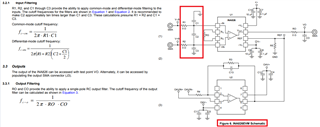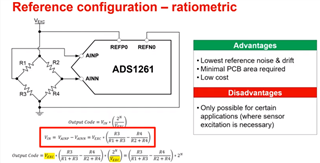Other Parts Discussed in Thread: INA128, INA333-HT
Hello,
I designed a Strain Gauge sensor using the INA128-HT and ADS1284-HT ADC.
The system works at room temperature with a fluctuation of +/1 bit at a 16Bit output - good for my requirements. INA128 gain is set to 100.
Touching the INA128 with my finger, makes the output to increase ~64bits. This is a problem and at 175C, the rated temperature of the system, I suppose this will be even worse.
Do you have any idea why this happens and what can I do to eliminate this problem?
Regards,
Marius Raducanu



